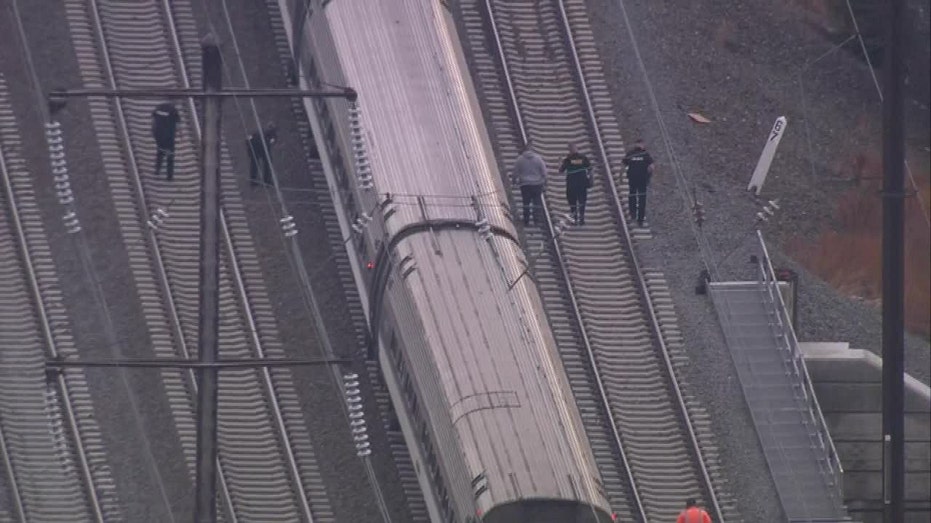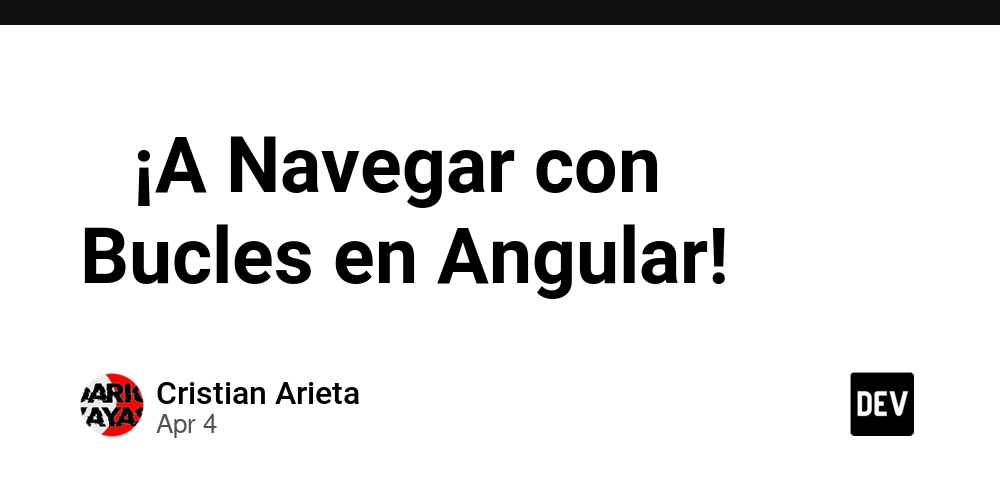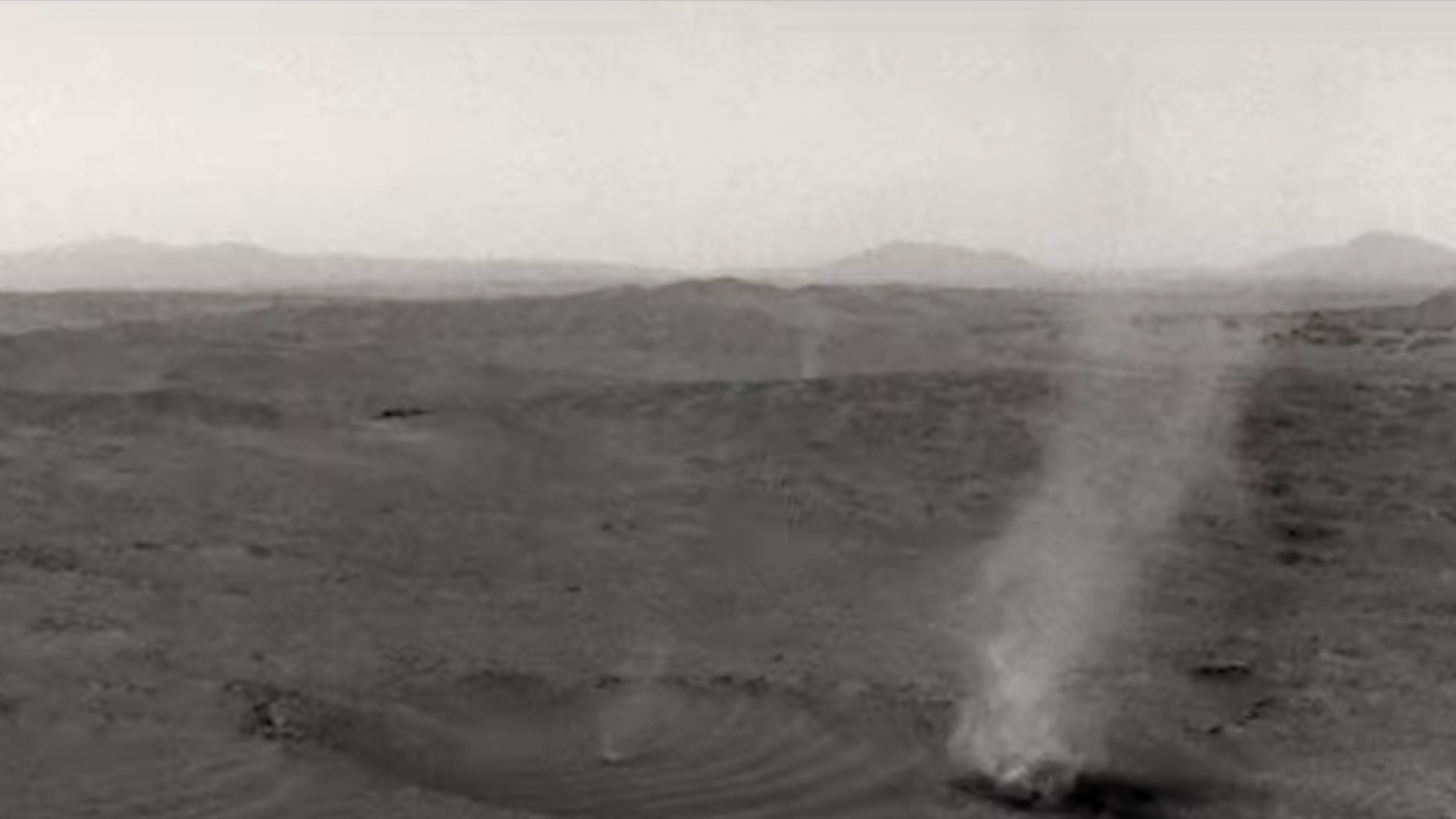Automate DigitalOcean Droplet Creation with PHP (Including Root Password Setup!)
Ever found yourself repeatedly creating DigitalOcean droplets, setting them up, and wishing there was a faster, more automated way? Well, you're in luck! In this article, we'll dive into how to use the DigitalOcean API and PHP to automate droplet creation, with a crucial focus on securely setting the root password. Why Automate? Automation is key to efficient development and DevOps workflows. By automating droplet creation, you can: Save time: Eliminate manual setup processes. Reduce errors: Ensure consistent configurations. Scale easily: Quickly provision multiple droplets. Integrate with CI/CD: Seamlessly incorporate cloud infrastructure into your pipelines. Prerequisites: A DigitalOcean account and API token. (Generate one in your DigitalOcean control panel.) PHP installed with the cURL extension enabled. The PHP Script: Let's break down the PHP script that does the magic: Key Points and Security Considerations: user_data for Root Password: The most secure method for setting the root password is by using the user_data field within the droplet creation request. This leverages cloud-init to configure the droplet upon initialization. Immediate Password Change: After creating the droplet, immediately change the root password or disable password authentication altogether. SSH keys are strongly recommended for secure access. Error Handling: The script includes robust error handling using curl_errno() and provides informative error messages. Configuration: Remember to replace the placeholder values for your API token, droplet name, region, size, image, and password. SSH Keys: The script includes a placeholder for ssh_keys. It is strongly recomended to use ssh keys instead of passwords. How to Run the Script: Save the code as a .php file (e.g., create_droplet.php). Replace the placeholder values with your actual credentials and desired configuration. Run the script from your terminal: php create_droplet.php Further Enhancements: Add SSH key support. Implement input validation for user-provided parameters. Create a web interface for easier droplet management. Integrate with other tools. Conclusion: Automating DigitalOcean droplet creation with PHP can significantly streamline your workflow. By following the best practices outlined in this article, you can create droplets quickly and securely. Remember to prioritize security, especially when handling sensitive information like passwords. Happy coding!

Ever found yourself repeatedly creating DigitalOcean droplets, setting them up, and wishing there was a faster, more automated way? Well, you're in luck! In this article, we'll dive into how to use the DigitalOcean API and PHP to automate droplet creation, with a crucial focus on securely setting the root password.
Why Automate?
Automation is key to efficient development and DevOps workflows. By automating droplet creation, you can:
- Save time: Eliminate manual setup processes.
- Reduce errors: Ensure consistent configurations.
- Scale easily: Quickly provision multiple droplets.
- Integrate with CI/CD: Seamlessly incorporate cloud infrastructure into your pipelines.
Prerequisites:
- A DigitalOcean account and API token. (Generate one in your DigitalOcean control panel.)
- PHP installed with the cURL extension enabled.
The PHP Script:
Let's break down the PHP script that does the magic:
// DigitalOcean API Token (Replace with your actual token)
$apiToken = 'YOUR_DIGITALOCEAN_API_TOKEN';
// Droplet Configuration
$dropletName = 'my-new-droplet';
$region = 'nyc3'; // Example: New York 3
$size = 's-1vcpu-1gb'; // Example: 1GB RAM, 1 vCPU
$image = 'ubuntu-20-04-x64'; // Example: Ubuntu 20.04
$rootPassword = 'YourSecurePassword123!'; // Replace with a strong password
// API Endpoint
$apiUrl = '[https://api.digitalocean.com/v2/droplets](https://api.digitalocean.com/v2/droplets)';
// Request Data
$data = [
'name' => $dropletName,
'region' => $region,
'size' => $size,
'image' => $image,
'ssh_keys' => [], // Optional: Add SSH keys if desired
'backups' => false,
'ipv6' => false,
'user_data' => "#cloud-config\npassword: " . $rootPassword . "\nchpasswd:\n list: |\n root:" . $rootPassword . "\n expire: false",
'private_networking' => null,
'volumes' => null,
'tags' => [],
];
// Initialize cURL
$ch = curl_init($apiUrl);
// Set cURL options
curl_setopt($ch, CURLOPT_RETURNTRANSFER, true);
curl_setopt($ch, CURLOPT_POST, true);
curl_setopt($ch, CURLOPT_POSTFIELDS, json_encode($data));
curl_setopt($ch, CURLOPT_HTTPHEADER, [
'Content-Type: application/json',
'Authorization: Bearer ' . $apiToken,
]);
// Execute the request
$response = curl_exec($ch);
// Check for errors
if (curl_errno($ch)) {
echo 'cURL Error: ' . curl_error($ch);
} else {
// Decode the JSON response
$result = json_decode($response, true);
// Handle the response
if (isset($result['droplet'])) {
echo 'Droplet created successfully!' . PHP_EOL;
echo 'Droplet ID: ' . $result['droplet']['id'] . PHP_EOL;
echo 'Droplet Name: ' . $result['droplet']['name'] . PHP_EOL;
echo 'Droplet IP: ' . $result['droplet']['networks']['v4'][0]['ip_address'] . PHP_EOL;
//It is very important to remove the password after the droplet is created.
} else {
echo 'Error creating droplet: ' . PHP_EOL;
print_r($result); // Print the error details
}
}
// Close cURL
curl_close($ch);
?>
Key Points and Security Considerations:
-
user_datafor Root Password: The most secure method for setting the root password is by using theuser_datafield within the droplet creation request. This leverages cloud-init to configure the droplet upon initialization. - Immediate Password Change: After creating the droplet, immediately change the root password or disable password authentication altogether. SSH keys are strongly recommended for secure access.
-
Error Handling: The script includes robust error handling using
curl_errno()and provides informative error messages. - Configuration: Remember to replace the placeholder values for your API token, droplet name, region, size, image, and password.
-
SSH Keys: The script includes a placeholder for
ssh_keys. It is strongly recomended to use ssh keys instead of passwords.
How to Run the Script:
- Save the code as a
.phpfile (e.g.,create_droplet.php). - Replace the placeholder values with your actual credentials and desired configuration.
- Run the script from your terminal:
php create_droplet.php
Further Enhancements:
- Add SSH key support.
- Implement input validation for user-provided parameters.
- Create a web interface for easier droplet management.
- Integrate with other tools.
Conclusion:
Automating DigitalOcean droplet creation with PHP can significantly streamline your workflow. By following the best practices outlined in this article, you can create droplets quickly and securely. Remember to prioritize security, especially when handling sensitive information like passwords.
Happy coding!











































































